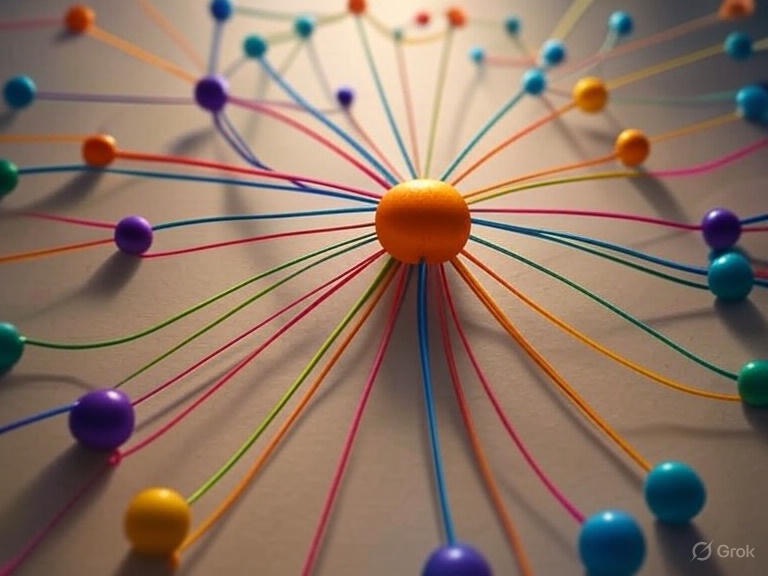Michael Reuter

Decentralized systems have been in vogue at least since the rise of Web3, particularly in Europe. Unlike in the USA or China, where centralized structures prevail, Europe consists of many comparatively small democratic nations that must coordinate in all areas of life to provide their citizens with a high quality of life.
Similar to participants in decentralized Web3 networks, individual citizens in Europe enjoy a high degree of autonomy, freedom, and self-determination. While this autonomy is inherently embedded in the software code of Web3, in Europe, national governments create the legal frameworks. Examples like eIDAS and Self-sovereign Identities (SSI) establish EU-wide standards that enable secure cross-border digital transactions.
At Datarella, we have actively participated in decentralized systems through our projects, most recently in the GAIA-X funding project moveID. The experiences gained lead to two key conclusions: The values and benefits of decentralized systems are recognizable and measurable, offering flexibility and innovation in dynamic environments. However, decentralized systems are not feasible or value-creating without a direct connection to centralized elements. This may sound contradictory at first, but it is not.
The Necessity of Centralized Elements in Decentralized Systems
Decentralized systems do not develop from within themselves; they always require a central idea or organization as the initial spark. Furthermore, a central entity must permanently handle tasks in governance, administration, and management. Without this, decentralized systems tend toward apathy or inactivity, as current incentive models do not ensure long-term constructive activity. A decentralized system remains active only as long as central functions provide the necessary incentives. Additionally, basic infrastructure must be created and operated – a task typically handled centrally, with costs distributed among participants.
From the perspective of organization theory, this aligns with contingency theory: There is no universally best structure; the choice between central and decentralized depends on the environment. In stable contexts, centralized systems provide efficiency and control, while decentralized ones promote agility in volatile markets. Henry Mintzberg describes in his organizational models that centralized structures (e.g., Machine Bureaucracy) are suitable for standardization, whereas decentralized ones (e.g., Adhocracy) foster innovations. Disadvantages of centralized systems include the lack of flexibility, while decentralized systems can lead to coordination issues.
Symbiosis as the Path to Success
In short, decentralized and centralized systems can form a beneficial symbiosis that compensates for the drawbacks of monolithic approaches and generates more prosperity for all participants. Hybrid models, as recommended in organization theory, combine stability with agility and are exceptionally sensitive in complex environments.
A necessary prerequisite for this symbiotic interplay is the ability and willingness of participants to understand the advantages and limitations of each system, along with the commitment to contribute to governance constructively. Only then do the positive outcomes emerge. Participants who see only the benefits of a monolithic structure should be excluded to maintain integrity.
At Datarella, we apply these insights in our data-driven solutions for health and sustainability, developing hybrid systems that link autonomy with reliable governance.
Do you have experience with such structures? Please share them in the comments!
